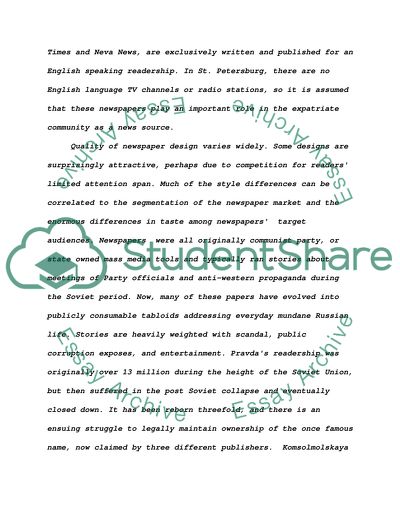Cite this document
(Design of the Most Popular Russian Newspapers Case Study, n.d.)
Design of the Most Popular Russian Newspapers Case Study. Retrieved from https://studentshare.org/media/1547480-consultancy-project-newspaperreport-style
Design of the Most Popular Russian Newspapers Case Study. Retrieved from https://studentshare.org/media/1547480-consultancy-project-newspaperreport-style
(Design of the Most Popular Russian Newspapers Case Study)
Design of the Most Popular Russian Newspapers Case Study. https://studentshare.org/media/1547480-consultancy-project-newspaperreport-style.
Design of the Most Popular Russian Newspapers Case Study. https://studentshare.org/media/1547480-consultancy-project-newspaperreport-style.
“Design of the Most Popular Russian Newspapers Case Study”, n.d. https://studentshare.org/media/1547480-consultancy-project-newspaperreport-style.


